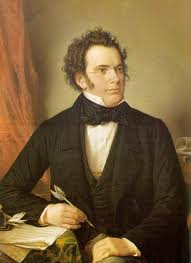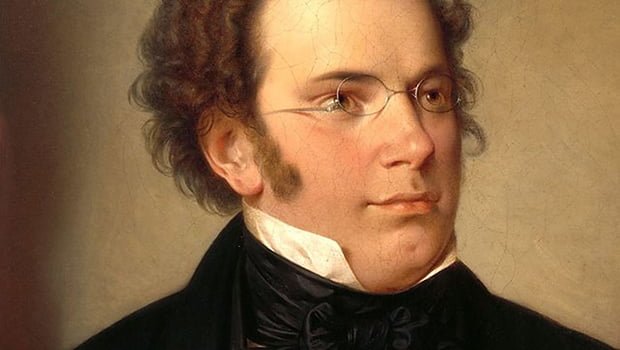The History of Franz Schubert’s Piano Quintet in A Major, D667 – The ‘Trout’ Quintet
Franz Schubert’s Piano Quintet in A major, D667, commonly known as the ‘Trout’ Quintet, holds a special place in the world of chamber music. Composed in 1819, this joyful and melodically rich work is one of Schubert’s most beloved compositions. Its nickname, the ‘Trout’, comes from Schubert’s earlier song “Die Forelle” (The Trout), whose melody appears prominently in the fourth movement.
The Origin of the Composition
The story of the ‘Trout’ Quintet begins with Schubert’s visit to the Austrian town of Steyr during the summer of 1819. Schubert was invited by his friend, Sylvester Paumgartner, a wealthy music lover and amateur cellist. Paumgartner admired Schubert’s song “Die Forelle” and suggested that Schubert compose a chamber work that included a set of variations on this popular tune.
Unlike the standard piano quintet configuration of piano and string quartet (two violins, viola, and cello), Paumgartner requested a more unusual ensemble: piano, violin, viola, cello, and double bass. This unique instrumentation gives the ‘Trout’ Quintet its distinctive sound, providing a broader range of timbres and a richer bass foundation.
Composition and Premiere
Schubert completed the Piano Quintet in the autumn of 1819, but the work was not published until 1829, a year after his death. Despite the delayed publication, the Quintet was performed in private music circles in Vienna during Schubert’s lifetime.
The first known public performance took place many years later, helping to cement the work’s reputation as a masterpiece of early Romantic chamber music.
Structure and Musical Features
The ‘Trout’ Quintet consists of five movements, rather than the more typical four-movement structure common in chamber music of the time. Each movement displays Schubert’s gift for melody and his imaginative use of harmony and texture.
- Allegro vivace – The opening movement is lively and full of youthful energy, with playful exchanges between the instruments.
- Andante – This slower movement offers lyrical beauty, featuring gentle and songlike themes.
- Scherzo: Presto – A fast and rhythmic scherzo, filled with lightness and humor.
- Theme and Variations: Andantino – Allegretto – The famous fourth movement, where Schubert uses the melody from “Die Forelle” as the basis for a set of variations. Each variation highlights different instrumental colors and moods.
- Finale: Allegro giusto – The Quintet concludes with a spirited and dance-like finale, bringing the work to a joyful close.
The Legacy of the ‘Trout’ Quintet
Today, the ‘Trout’ Quintet is celebrated not only for its memorable melodies and vibrant character but also for its innovative instrumentation. It offers a delightful blend of lyricism, rhythmic vitality, and colorful textures, making it a favorite among chamber music audiences worldwide.
The piece has been recorded by countless ensembles and remains a staple in the repertoire of both professional and amateur musicians. Its charm continues to captivate listeners, from seasoned classical music fans to newcomers discovering Schubert’s music for the first time.
Conclusion
Franz Schubert’s Piano Quintet in A major, D667 – ‘Trout’ Quintet is a shining example of early Romantic chamber music. Composed during a happy summer retreat and inspired by one of his most famous songs, this work remains a symbol of Schubert’s extraordinary melodic talent and his ability to bring warmth, humor, and depth to his music.
If you’re exploring the world of Schubert, the ‘Trout’ Quintet is an essential and joyful stop on your musical journey.


Comments are closed